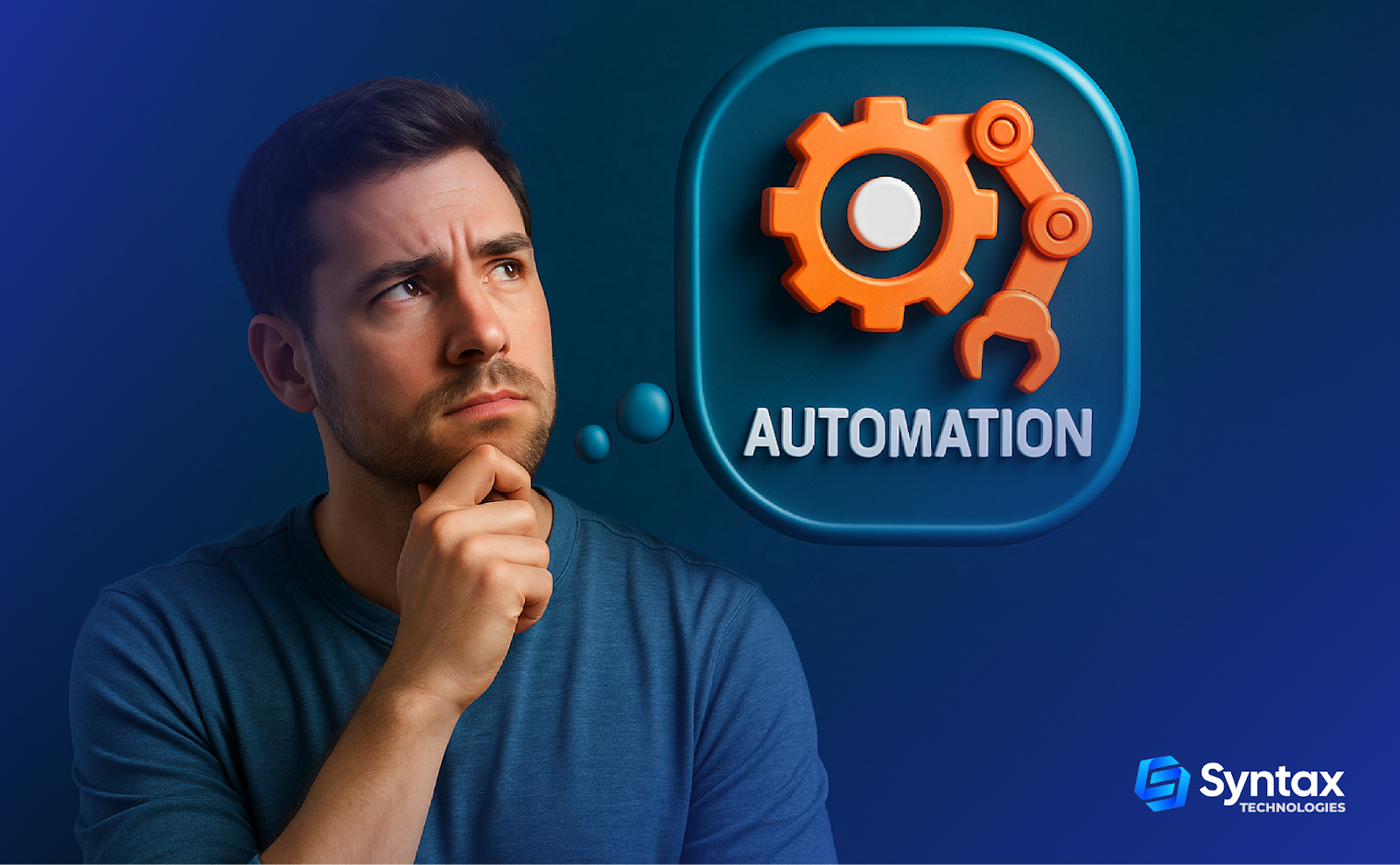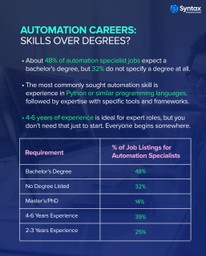The word “automation” can sound intimidating at first. For someone new to tech or data, it might bring up images of complex code, robots, or high-level engineers solving mysterious problems. But in reality, automation is simply about teaching computers to handle repetitive tasks so humans can focus on more meaningful work.
Whether it’s sending out reports, cleaning up messy data, testing web applications, or integrating tools — automation is everywhere. And the best part? It’s a learnable skill, not some coding superpower.
So, if the question is “How do I learn automation and actually become good at it?”, here is a clear, practical roadmap to get started.

Step 1: Start With the Basics of Scripting
To begin with automation, it’s essential to know how to give instructions to a computer — and for that, a scripting language is key. Python is by far the most popular choice for beginners. It’s easy to read, widely supported, and powerful enough for real-world automation tasks.
Focus on:
- Basics: variables, functions, loops, if-else conditions
- Useful libraries: pandas (data handling), os and shutil (file tasks), schedule (timing jobs), and selenium (browser automation)
Step 2: Identify a Simple Problem Worth Automating
The best way to learn is by solving real problems. Instead of jumping into theory-heavy tutorials, pick one repetitive task from daily work or life and try to automate it.
Examples:
- Automatically send an email reminder every Friday
- Clean and combine monthly sales data from multiple files
- Open a list of websites with one click
This helps build confidence and keeps learning goal-driven.
Step 3: Explore the Right Tools (One at a Time)
Once the basics are in place, it’s time to explore tools based on the task at hand. There’s no need to learn everything — just choose what suits your use case.
Popular tools include:
- Selenium – Automates browser actions, great for testing and scraping
- Zapier / Make.com – No-code tools to connect apps and automate workflows
- UiPath – Widely used for Robotic Process Automation (RPA)
- Postman + Newman – For automating API testing
- Apache Airflow – For automating data workflows
Step 4: Build Real Projects
Watching tutorials is helpful, but real progress comes from building. Start with mini-projects that solve small problems.
Some starter project ideas:
- A script that cleans and formats raw Excel data
- A bot that scrapes news headlines and emails them
- An automation that sends a Slack message if a file is updated
Step 5: Learn How Automation Helps in Real Work (Especially in Data)
In fields like data analytics, automation can be a huge productivity boost. It’s used to:
- Schedule and send recurring reports
- Clean, merge, and process raw data
- Build ETL (Extract, Transform, Load) pipelines
- Trigger alerts and monitor metrics
Tools like Python scripts, Google Apps Script, Airflow, and Power Automate are commonly used to make workflows more efficient.
Step 6: Understand the Basics of Version Control
Learning Git and GitHub may not seem urgent early on, but it’s incredibly useful. It helps in tracking code changes, collaborating with others, and avoiding accidental mistakes.
Key things to learn:
- Creating a Git repository
- Committing and pushing code
- Reverting to earlier versions when needed
This becomes especially important as projects grow more complex.
Step 7: Keep Practicing and Building
Automation, like any other skill, improves with practice. Try to build or improve one project every few weeks. Join online communities, participate in forums, and follow others working in automation.
Conclusion
Automation isn’t just for developers or advanced coders. It’s a skill that anyone — whether in data, testing, marketing, or admin roles — can learn and use to their advantage.
For those serious about learning automation in a structured, career-focused way — especially in the field of software testing — the SDET (Software Development Engineer in Test) course by Syntax Technologies is a strong place to start. It covers scripting, testing tools, automation frameworks, and real-life projects — all designed to help learners become industry-ready automation experts in QA and test engineering.

